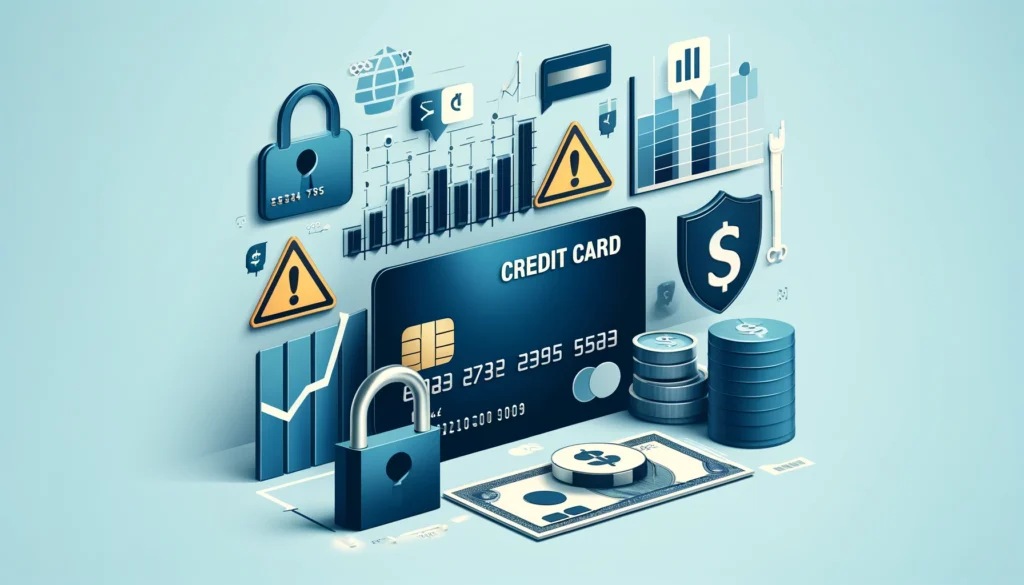In an age of endless advertising and the constant pressure to spend, frugal living offers a refreshing alternative. It’s not about being stingy or sacrificing the things you love. Instead, frugality is about aligning your spending with your values, making the most of your resources, and creating a life centered on what truly matters.
Adopting a frugal lifestyle can transform your financial health and bring clarity and purpose to your daily choices. Whether you’re looking to pay off debt, build an emergency fund, or simply live a more mindful life, this guide will provide the tools, strategies, and inspiration you need to start living frugally.
What is Frugal Living?
Frugal living is a lifestyle where you focus on maximizing the value of your money without compromising your quality of life. It’s about spending intentionally, avoiding waste, and finding joy in simplicity. Frugality doesn’t mean giving up all pleasures—it means being resourceful, mindful, and creative in meeting your needs.
Frugal Living vs. Being Cheap
A common misconception is that frugal living is the same as being cheap, but they are fundamentally different:
- Being Cheap: Prioritizes spending the least amount of money, often at the expense of quality or ethics.
- Being Frugal: Focuses on getting the best value for money, balancing quality, sustainability, and personal needs.
For example, a cheap person might buy the lowest-quality shoes to save money upfront, while a frugal person invests in durable, high-quality shoes that last longer, saving money over time.
Why Live Frugally?
1. Achieve Financial Freedom
Living frugally allows you to save more, reduce debt, and invest in your future. Over time, these small, intentional choices compound into significant financial freedom.
2. Reduce Stress and Anxiety
When you’re in control of your spending, you’re less likely to feel overwhelmed by financial worries. A well-managed budget provides peace of mind and stability.
3. Focus on What Truly Matters
Frugality helps you eliminate the distractions of consumerism, allowing you to prioritize experiences, relationships, and personal growth over material possessions.
4. Contribute to Sustainability
By reducing waste and reusing items, frugal living often aligns with environmentally friendly practices, helping you lower your ecological footprint.
5. Build Long-Term Wealth
Living below your means enables you to save for emergencies, invest in assets, and achieve goals like homeownership or early retirement.
How to Start Living Frugally
Adopting a frugal lifestyle may seem overwhelming at first, but it’s easier than you think. Start with small changes and gradually build habits that align with your goals.
1. Understand Your Financial Situation
Before you can make changes, you need a clear picture of your finances.
- Track Your Expenses: Use tools like Mint, YNAB, or a simple spreadsheet to monitor where your money goes.
- Create a Budget: Categorize your spending into essentials (rent, groceries) and non-essentials (entertainment, dining out).
- Identify Problem Areas: Pinpoint where you tend to overspend and set realistic limits.
2. Prioritize Needs Over Wants
Frugal living is about distinguishing between needs and wants. Ask yourself these questions before making a purchase:
- Do I need this, or do I just want it?
- Will this item add long-term value to my life?
- Can I find a cheaper or alternative way to fulfill this need?
3. Embrace DIY Solutions
Doing things yourself can save significant money and often leads to more satisfaction.
- Cook at Home: Preparing your meals can save hundreds of dollars a month. Experiment with simple, budget-friendly recipes.
- DIY Gifts and Repairs: Create handmade gifts or learn basic repair skills to avoid professional fees.
- Homemade Cleaning Products: Mix vinegar, baking soda, and essential oils to create affordable, effective cleaners.
4. Shop Smart and Save
Frugal shopping doesn’t mean avoiding purchases—it means making informed decisions.
- Buy in Bulk: Stock up on non-perishable items to save money in the long run.
- Thrift and Second-Hand Shopping: Look for high-quality items at thrift stores, online marketplaces, or garage sales.
- Wait for Sales: Use apps like Honey or Rakuten to find discounts and cashback deals.
- Practice the 30-Day Rule: For big-ticket items, wait 30 days before purchasing to avoid impulse buys.
5. Cut Unnecessary Expenses
Reevaluate recurring costs to identify areas where you can cut back:
- Cancel unused subscriptions or memberships.
- Switch to a cheaper phone or internet plan.
- Reduce energy costs by unplugging devices, switching to LED bulbs, and using energy-efficient appliances.
6. Simplify Your Lifestyle
Frugal living often involves adopting a minimalist mindset.
- Declutter Your Home: Sell or donate items you no longer use.
- Focus on Experiences: Prioritize spending money on meaningful experiences rather than material possessions.
7. Set Specific Financial Goals
Clear goals give you a sense of purpose and motivation.
- Short-Term: Save $500 for an emergency fund in three months.
- Long-Term: Pay off $10,000 in debt or save for a down payment on a home.
Break down your goals into manageable steps and track your progress.
Tips for Staying Motivated
- Celebrate Small Wins: Reward yourself for milestones, like saving your first $1,000.
- Find a Community: Join forums or social media groups where others share frugal tips and success stories.
- Track Your Progress: Regularly review your budget and savings to see how far you’ve come.
Common Misconceptions About Frugal Living
- “Frugal Living is Boring.”
Frugal living isn’t about deprivation—it’s about finding joy in simplicity. Many frugal people find their lives more fulfilling because they focus on meaningful experiences. - “Only People in Debt Live Frugally.”
Frugality isn’t just for those struggling financially. Even wealthy individuals embrace frugality to build and maintain their wealth. - “Frugality Means No Fun.”
Being frugal doesn’t mean you can’t enjoy life. It’s about finding creative, cost-effective ways to have fun—like hosting a potluck dinner instead of dining out.
Conclusion
Frugal living is more than just a way to save money—it’s a mindset that helps you live intentionally, prioritize what truly matters, and build a life of financial freedom. By making thoughtful choices and cutting unnecessary expenses, you can achieve your goals without sacrificing happiness.
Whether you’re just starting your journey or looking to refine your habits, remember that every small step counts. Embrace the frugal lifestyle, and you’ll find that saving money isn’t about giving things up—it’s about gaining control, clarity, and peace of mind.
Ready to start living frugally? Share this article with someone who could benefit from these tips, and subscribe to our newsletter for more insights on saving money and achieving financial freedom!



